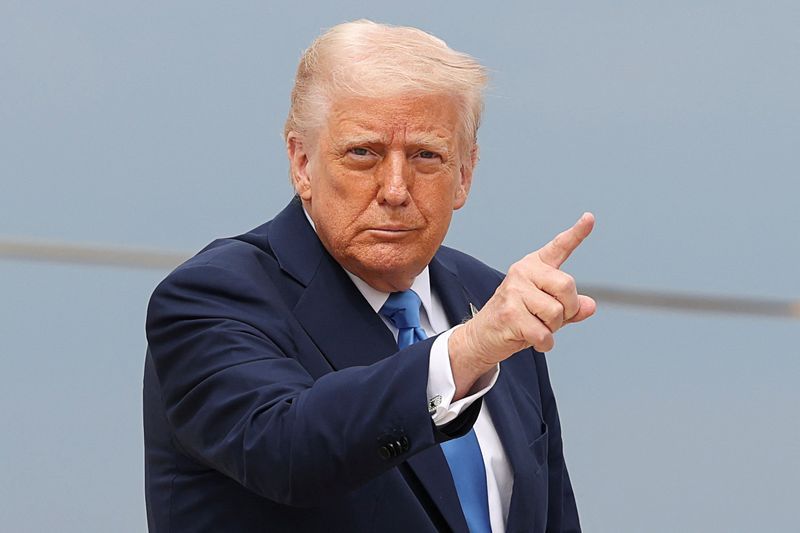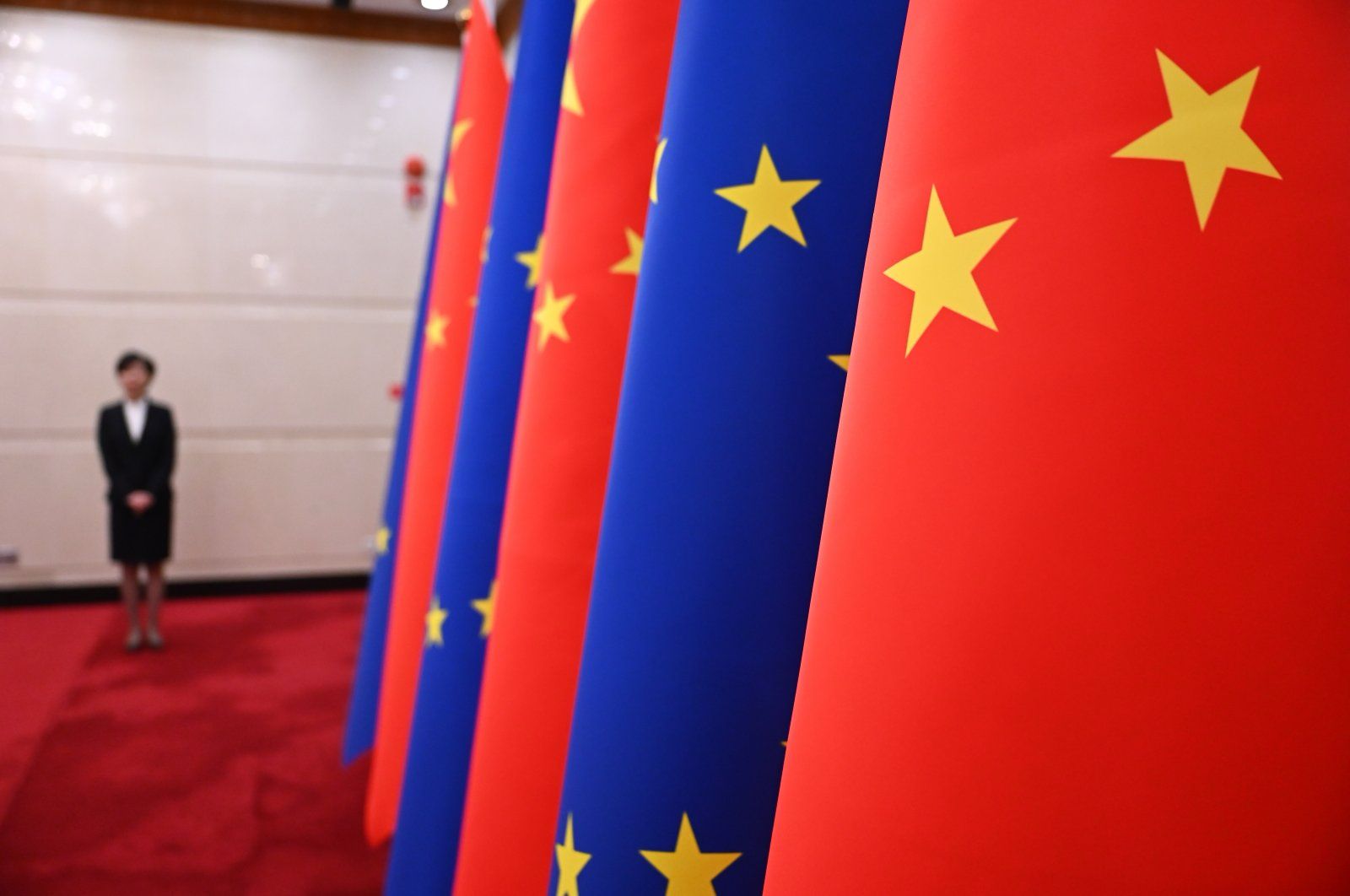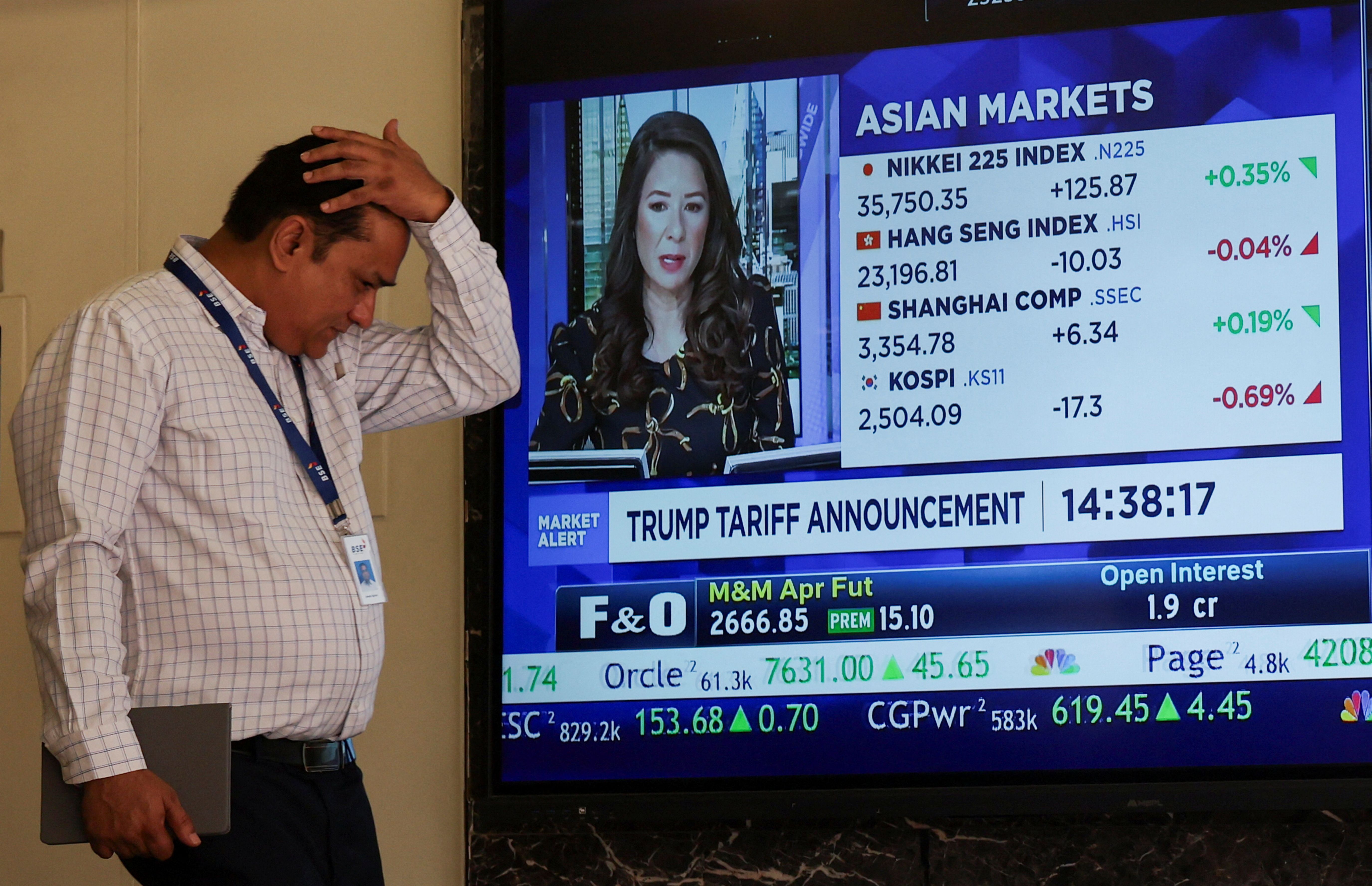The Australian dollar's surprising resilience in the face of the hit to market sentiment from US tariffs is raising questions about whether its long-standing role as a proxy for risk is ending.
The Antipodean currency just notched its steadiest quarter for two years, rising almost 2 percent this year to around 63 cents, even as US shares have dropped more than 4 percent.
The breakdown in that correlation is slowing trade in the Aussie, hurting Australian investors in the US, and highlighting how US President Donald Trump is rocking the pillars of financial markets.
It is a consequence of an unusual turn in the US dollar, which, says Bank of America currency strategist Oliver Levingston, has shot lower together with stocks for only the third time in 25 years.
"It's just not playing its game," said Nick Twidale, chief analyst at online broker ATFX, referring to the Aussie, adding that his firm is seeing a drop in trading volumes of the currency. "It feels like the Aussie has lost its correlation."
The Aussie earned its reputation as markets' "risk" proxy from Australia's export profile, since Australia sells the raw ingredients of economic growth: iron ore, coal and gas.
Over the four decades the currency has been freely convertible, the expectation that those bellwether exports justify it tracking the global mood has been self-reinforcing and earned it an outsized role in foreign exchange trade.

‘Weaker than pandemic’
Australia is the 13th-largest economy in the world and its currency is the world's sixth-most traded.
Now, according to analysts at Westpac, its relationship with US stocks is weaker than at any time since the pandemic as Trump's trade war accelerates what had been a slow but decade-long decline in the Aussie's relationship with global risk.
"Our conjecture is that Trump's presidency has fundamentally rewired the relationship between currencies and equity risk metrics," Westpac's head of foreign exchange, Richard Franulovich, said in a note published on Monday.
The other big changes analysts point to in the past decade are the steady growth of Australia's offshore investment portfolio, and a shift in reliance on commodities, with the result that Australia's net international assets have surged.
"The country is literally less leveraged to global growth compared to what it used to be, just from the balance of payments perspective," said Lachlan Dynan, foreign exchange strategist at Deutsche Bank in Sydney.

Correlation slips
A risk proxy is a valuable tool when it works.
The Aussie has been an avenue to bet in either direction on the global economy and especially China, since China is Australia's top export market, in a reliably liquid asset widely traded by companies, speculators and investors.
Its utility declines, however, as it becomes less a faithful stand-in for risk, sending traders either to seek a substitute or change their expectation for the Aussie's sensitivity.
Data from CLS, the largest currency settlement system, shows there may be some move away. AUD/USD trading volume has been flat for four years while volume in nearly every other major pair has been trending higher.
"We get interest from clients on cross-market type trades, when they would prefer to invest in Australia as opposed to taking risk in China," said Mark Elworthy, head of fixed income, currencies and commodities trading at Bank of America in Australia.
"People are probably not looking for as big a move as they used to, so they're well aware of the change in correlation...so some of the positions are larger than we would normally expect."
According to Westpac's research, the correlation between US stocks and the Aussie dollar has fallen from above 0.6 in 2022 to below 0.4.
















